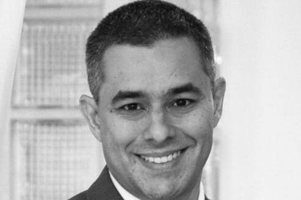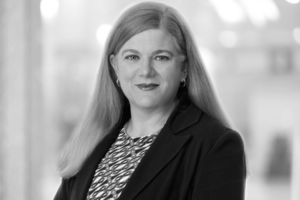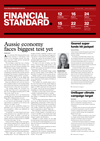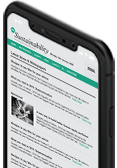Public sector pay gap revealedBY ELIZA BAVIN | THURSDAY, 22 MAY 2025 4:01PMThe Workplace Gender Equality Agency (WGEA) published the gender pay gaps for 120 public sector employers and two corporate groups for the first time following legislative changes in 2023. The data includes details of the gender pay gaps for well-known Commonwealth public sector employers such as the Commonwealth Super Corporation (CSC), the Reserve Bank of Australia (RBA), Future Fund and the Australian Taxation Office (ATO). It also included data on the Clean Energy Finance Corporation (CEFC), Clean Energy Regulator, Australian Human Rights Commission, "Releasing public sector gender pay gaps for the first time today places a spotlight on these employers, like it has done in the private sector. This enhanced transparency and accountability is a catalyst for further action," WGEA chief executive Mary Wooldridge said. CSC recorded a 22.1% gender pay gap for total median remuneration and 22% for the median base salary despite recording an equal number of male and female employees. The data showed that women make up 60% of the lower quartile of paid positions, and only 34% of the upper quartile. The RBA recorded a gender pay gap of 11.5% on median total remuneration and 10.6% on median base salary. In the upper quartile of pay, only 30% is made up of women. Within Future Fund, there is an 18.1% gender pay gap on median total remuneration and 17.1% on median base salary. Additionally, 37% of the highest paid employees are women. The ATO had much more equal statistics with a 4.8% pay gap for median total remuneration and 7.3% for median base salary. Unlike the others, 51% of the highest paid employees are roles held by women. Meantime, CEFC's median base salary pay gap is 31.4%. The Human Rights Commission's is 13.7%. According to the data, the Clean Energy Regulator has no pay gap. WGEA's analysis of the broader results reveals lower pay gaps in Commonwealth public sector employers, compared to private sector employers. Half of Commonwealth public sector employers have a median total remuneration gender pay gap lower than 4.8%, compared to 8.9% in the private sector. Additionally, 45% have a median total remuneration gender pay gap in the target range (within +/-5%), compared to 31% in the private sector. Wooldridge said the results point to how progress can be achieved when employers use long-term and deliberate actions that address gender equality. "The Commonwealth public sector has achieved gender-balance in the composition of the workforce, at managerial level and in the upper quartile of remuneration. This is a critical driver of the lower gender pay gaps reported today," Wooldridge said. Wooldridge added that the results show employers are taking action to improve equality in their workplaces. "More than half (51%) of employers improved their median total remuneration gender pay gap in the past 12 months," Wooldridge said. "Pleasingly we have also seen large rises in the number of employers conducting a gender pay gap analysis, acting on the results and consulting with employees to understand their experience at work. "These actions are crucial steps to help employers gain greater understanding of the drivers of their individual gender pay gaps and to implement relevant and evidence-informed actions to address them." However, while the results point to progress, some areas for improvement remain, Wooldridge said. The data showed that men account for just 11% of all primary carers leave taken, and 49% of employers still have a gender pay gap in favour of men. "Although we are seeing positive results and progress, there's still work to do," Wooldridge said. "Workplace gender equality benefits everyone, so it is important that barriers for men are also addressed. With changes in access to parental leave now enacted, Commonwealth public sector employers need to work deliberately and strategically to drive cultural change that removes real or perceived penalties for taking time out for caring roles and ensure more men have confidence to take primary carer's leave." Related News |

The head of the United Nations Joint Staff Pension Fund is taking on a new role at Northern Trust Asset Management.
Pablo Berrutti, senior portfolio specialist at Stewart Investors, discusses emerging market investment opportunities and their main growth drivers.
Latest modelling from Emmi indicates carbon emissions may plateau within the next two years before gradually declining, signalling the first ever emission stabilisation outside of an economic crisis.
The likes of Sally Field, Mark Ruffalo and Jane Fonda are calling on the SAG-Producers Pension Plan to dump its holdings in oil and gas companies.
















